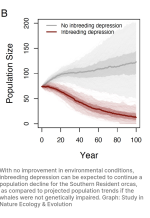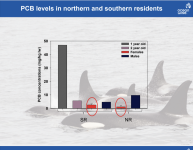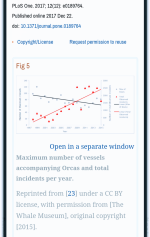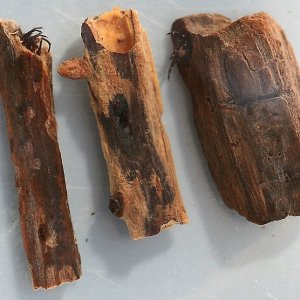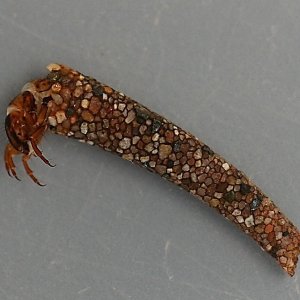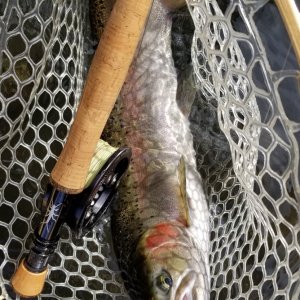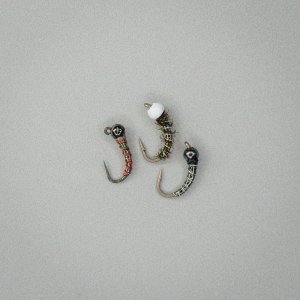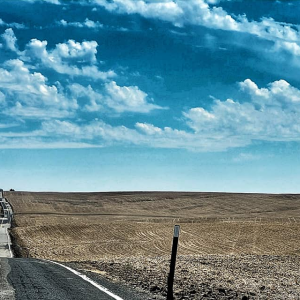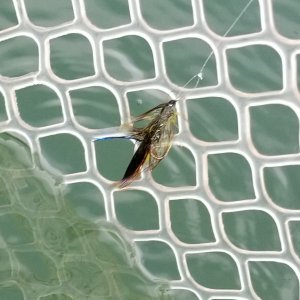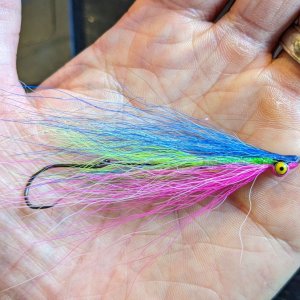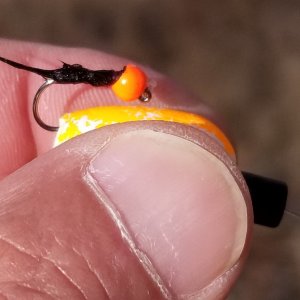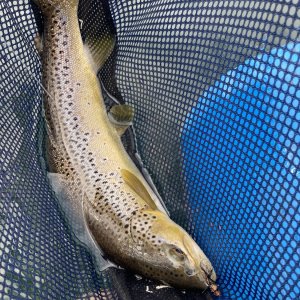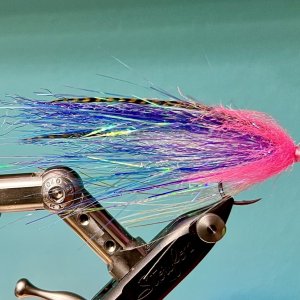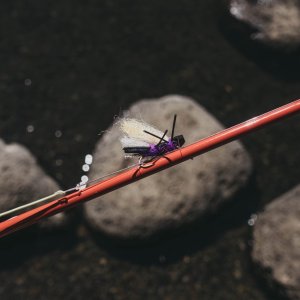Good luck. Canada is actively blocking all attempts by even Canadians to get that kind of data. Government has an agenda for the fish and doesn't want science getting in the way.You guys used to have a season in the Fall for the Fraser run fish, but I have no idea what is happening with those stocks because the Canadians don’t make the run data as easy to access as we do. (If anyone has forecasts and historical data for that river I would really appreciate it!)
https://bcwf.bc.ca/bcwf-urges-standing-committee-impose-transparency-at-dfo/
Fraser fish are allegedly not doing well and so lots of closures on Canadian side for them on their own plus SRKW reasons. Even though there was never good proof that food availability was the issue, public fishing is the easy target. Seems the actual. problem for SRKW is inbreeding.
https://www.pugetsoundinstitute.org...g-endangered-southern-resident-killer-whales/
“Other killer whale populations … have rebounded rapidly,” Kardos said. “But the Southern Residents are an outlier in that respect. The effect of inbreeding is really quite large.”
"Although early studies suggested that the miscarriages and post-natal mortalities could be directly linked to a shortage of Chinook salmon, those conclusions are being reconsidered, according to Eric Ward, also with NOAA’s Northwest Fisheries Science Center and another author of the new study."
